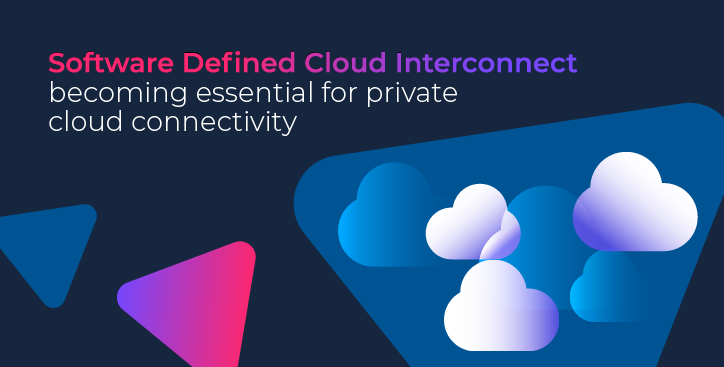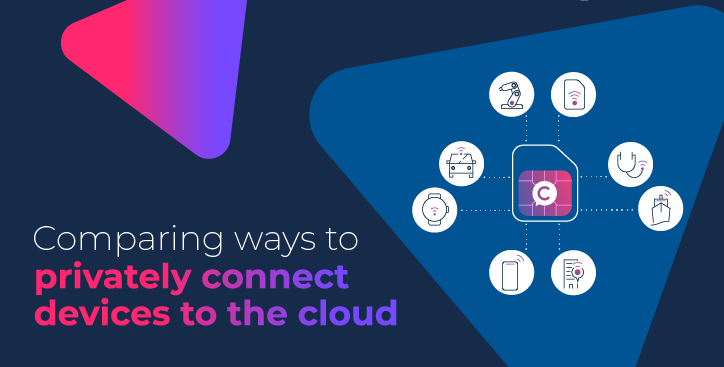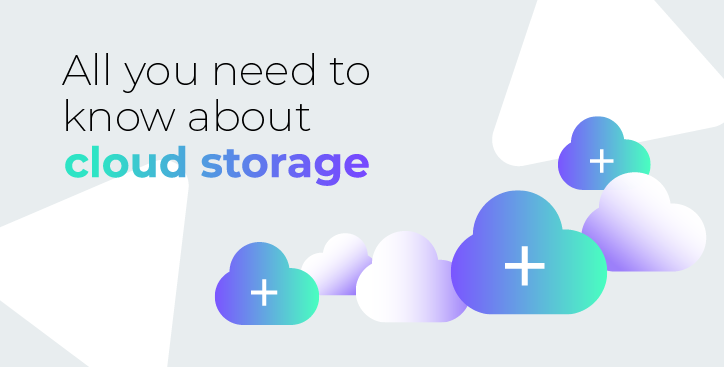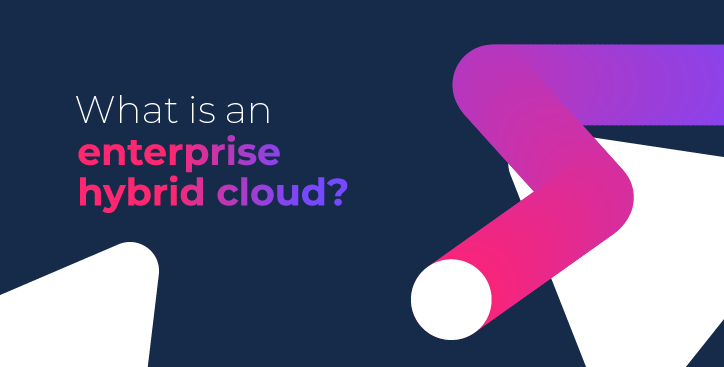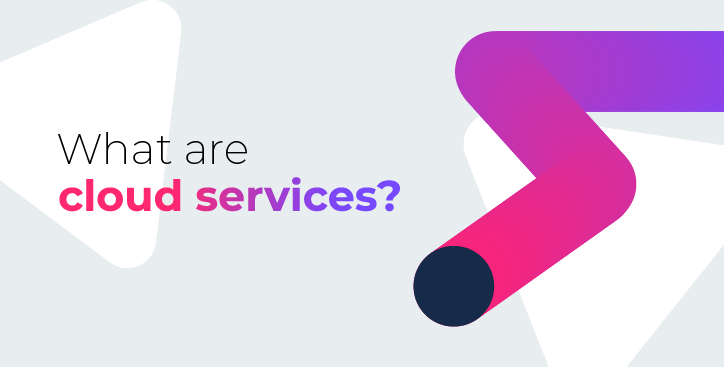The Enterprise Shift to Outcome-based IT Investment
By The Console Connect Team|2 September, 2019

The University of California in San Diego is in the midst of a multi-year migration strategy that involves retiring three mainframes, shifting as many computing workloads as possible to the cloud and abandoning a decades old on-premise model in favor of software-as-a-service wherever possible.
The University’s story is a classic tale. Its three big applications for tracking finance, payroll, and students have been running on mainframes since the 1990's and their Cobol codebase is getting harder to maintain. Not least because there are fewer capable people that can do it. Five years ago, their average age was 55 and every year they lose more programmers to retirement.
Despite the pressure of time however, the university is taking a modular approach to
migration that will see workloads replaced incrementally. One of the main reasons is that the university runs many mission-specific applications and needs to select best-of-breed replacements from the vast array out there.
CIOs are Supply Chain Leaders
Interestingly for Vince Kellen, UCSD’s chief information officer, this wide scale migration is changing the makeup of his team, not just in the sense of removing language specific software programmers, but also by reducing an army of hardware technicians wielding screwdrivers.
Shifting to the cloud means Kellen cares less about the hardware specs of his on premise architecture and more about the shifting capabilities of his cloud assets. In his own words, he has realized that a CIO is now “more of a supply chain leader than someone who keeps track of hardware specs.”
It’s a global phenomenon that has not gone unnoticed. Global enterprise spending on operational IT staffing – on premise engineers – is expected to fall from $315bn in 2015 to $142bn in 2026, according to Statista. Instead those roles will be replaced by contracts for specialists in SLA management, contract agreements and cloud orchestration.
Hardware is Someone Else’s Problem
It’s not that hardware doesn’t matter anymore, it’s that hardware doesn’t matter to the CIO. It’s now someone else’s problem.
What does still matter is the outcome. Most customers care little about the engine in their car – the car itself serves a purpose – and the cloud now represents the whole car, rather than individual components like the engine. The acquisition of specialist hardware is now the domain of Amazon, Microsoft, Google and others. But the game has changed. Although the march of virtualization has seen the process of abstracting away the nuts and bolts of hardware, making infrastructure a single nebulous entity managed by software, it’s still governed by the capabilities of processors, memory, storage, and other components fashioned from metal and silicon.
Increasingly, it’s where those developments are taking place. Some of the most attractive developments such as instantly booting devices, blazingly fast databases, incredibly cheap storage, and rich games that can be streamed online, wouldn’t have been possible without significant developments in hardware.
In some cases, these developments are still being carried out by those companies most invested in the cloud. But even that's changing. If you look at the recent revelation that LinkedIn will relocate its assets into Azure post acquisition by Microsoft, the networking company’s own developments, including the 19 inch server standard released as Open19, will go with it.
Increasingly, the big three cloud providers: Amazon – Microsoft, and Google – are
collectively investing billions of dollars in custom hardware to boost the performance of their cloud platforms or tune their services for specific uses to deliver the outcome that customers want.
Check out our ebook on cloud connectivity to discover the power of the hybrid cloud.

